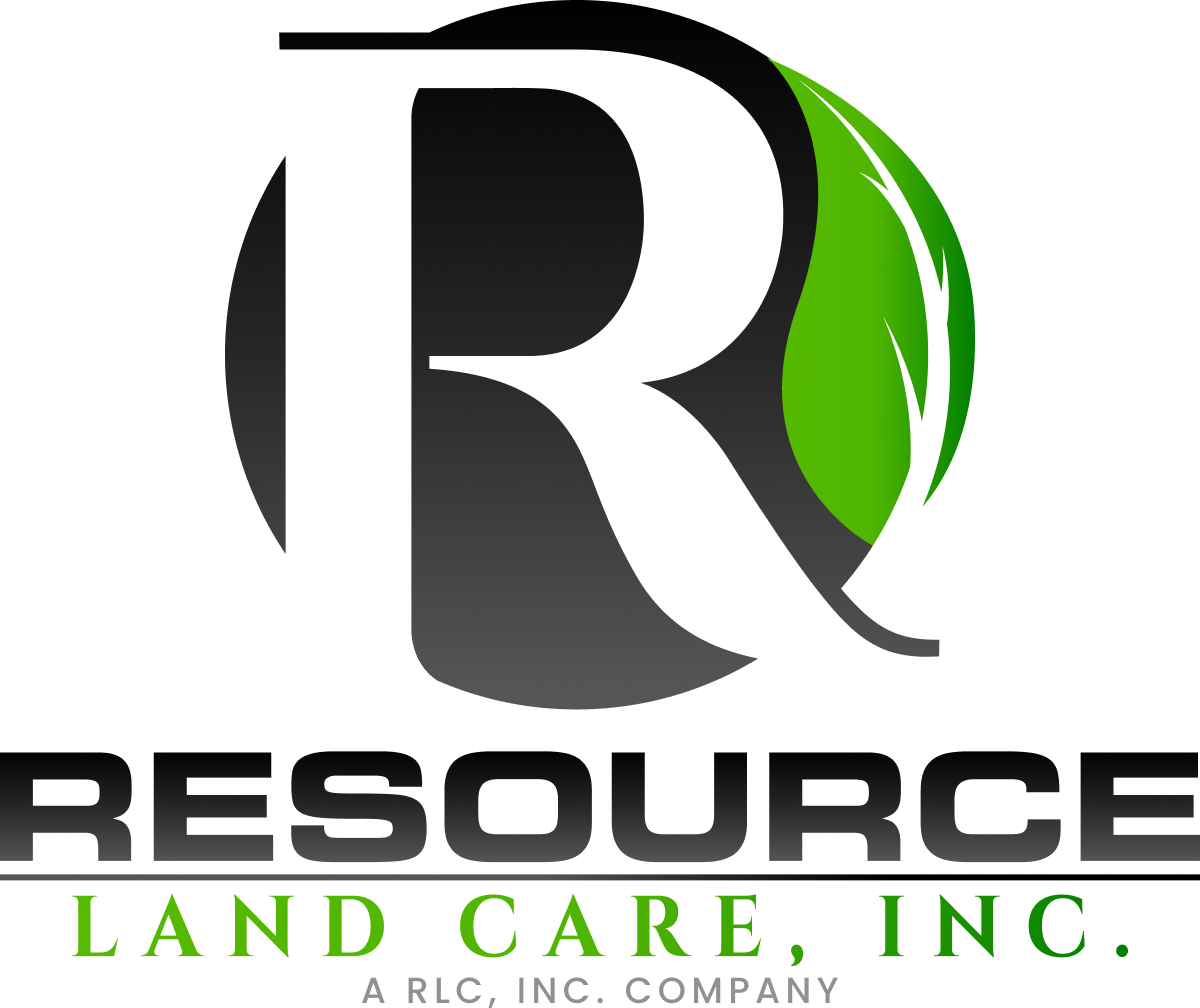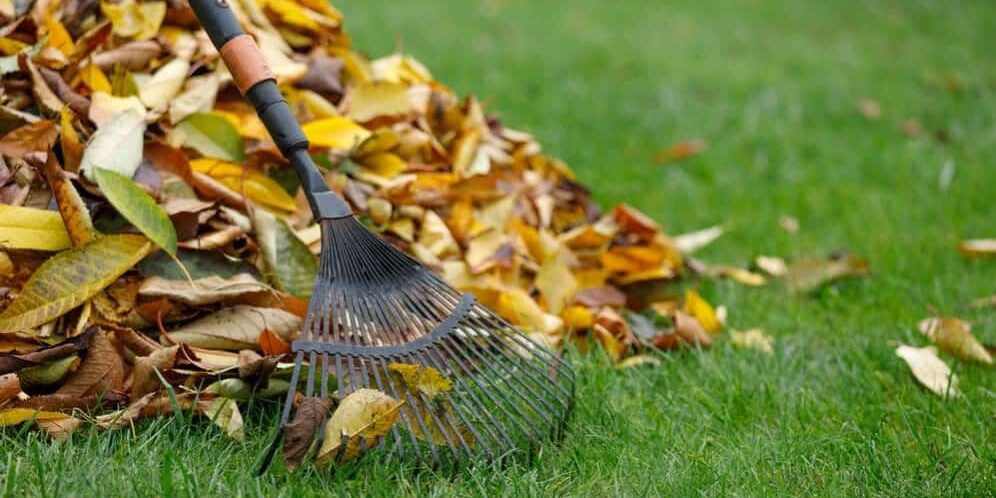Resource Landscape is ready to provide Boise, Star, Meridian, Eagle, Napa, Caldwel, and Cuna, Idaho, with spectacular tips for seasonal cleanup.
Lights camera action It’s time for Spring cleaning.
Have you ever noticed how Mother Nature hits that switch and all of Idaho starts to bloom? With every season comes a long list of chores you need to complete both inside and outside your home. As both are extremely important, the difference with the outside is that timing is everything when trying to have a healthy yard.
An excellent place to start is to take a stroll around your yard to identify what areas will need to be cleaned first. Usually, it’s doing the same thing you did at the end of last season, and that is to start raking any debris that may have accumulated in your flowerbeds or on your lawn.
One of the best benefits of raking is to remove any thatch buildup in your lawn. What is thatch? It is a blend of living and dead grass, stems, and roots that takes away oxygen or nutrients from your lawn. If not removed from your lawn, it can cause extensive damage and eventually need replacing.
Another way to get rid of thatch and help your lawn get a breath of fresh air is to aerate your lawn. Aeration is the process of removing nickel size plugs of soil that are 2-3 inches deep from your lawn which immediately opens it up to oxygen and nutrients needed for a strong root system.
Do you want to jumpstart your lawn into coming out of dormancy faster and make it greener quicker? then apply fertilizer in the spring! First, you want to ensure that the soil has reached 55 degrees, usually mid-Apri to May. So our recommendation is to use a slow-release fertilizer as it will gradually release nutrients into the soil and create that healthy environment, so you have that lush green lawn that makes your neighbors green with envy.
Did you know that weeds are one of the hardest parts of maintaining a healthy yard? We all have seen it happen; you have a beautiful lush green lawn one day, and the next, you have a meadow of weeds. Whether it’s Crabgrass, White Clover, Canada Thistle, or Dandelions, no one solution will give you the results you want. Instead, it takes consistently keeping ahead of weed control by adding a pre-emergent herbicide in spring and then post-emergent herbicide during the season. Of course, pulling weeds by hand can make a difference, but who really wants to spend valuable time pulling weeds!
With spring comes the time where you really want your home to have that crisp, clean appearance. The peonies are starting to bloom, tulips may be sprouting vibrant colors from the flowerbeds, so what better way than to set the stage for spectacular curb appeal than add mulch to your yard. Did you know that mulch adds nutrients to the soil and helps to keep a balanced temperature, so you have a healthy environment for your plants to grow? It also acts as a barrier between the soil and sunlight to deter weeds. Be sure to get organic mulch as, over time, it will decompose into the soil and add nutrients to the root system.
The key to having healthy plants is to prune them either in the spring or fall. You want to prune plants that are still dormant, usually in early spring. For any shrubs that flower in the spring, then you want to wait until they finish blossoming for the season. When you prune trees, you not only are taking away any deadwood, but you are helping to control and shape the tree’s growth. So keep in mind, always do your homework before cutting as you don’t want to remove more than ⅓ of any plant or tree.
Fall cleanup is the perfect time to set the stage for a fantastic Spring show-stopper.
Let’s start with the fun part of fall cleanup, and that’s first, jumping into those huge piles of colorful leaves right before you grab the rake and a leaf blower to get them off your lawn. Of course, you can leave a thin layer of leaves over the winter as it will help protect insects and add nutrients for the spring growing season.
Just as you added mulch in spring, you also can get great results by adding it in fall. What mulch does for the winter season is that it gives the soil insulation against harsh weather. If you have perennials that you will be cutting back, do that first before you add any mulch, as it will make it easier to spread the mulch and give a finished appearance.
In keeping with trying to control weeds during fall cleanup, this is the perfect time to add herbicides that will stop weeds before they start to germinate in the spring. The idea is always to stop them in their tracks and stay ahead of any damage they may cause.
During a fall cleanup, you want to get that last mow in before it gets too cold. You don’t want to cut the grass once the temperature gets below 40 degrees. You also want to keep the grass longer, about 2 ½ inches high, so the roots will get all the nutrients needed to protect it from the cold.
As for pruning during the fall season, we suggest you be very careful and know which plants will benefit as once you prune a plant or tree, you are stimulating it to have new growth as opposed to going dormant for the winter.
Now for the Grand Finale of what is the best way to handle Seasonal Cleanup!
Let us help you be the star of the neighborhood while we act as your best supporting lawn maintenance service team. Our goal is to provide you with quality service and keep your yard looking spectacular throughout the year.
 (208) 810-5060
(208) 810-5060
